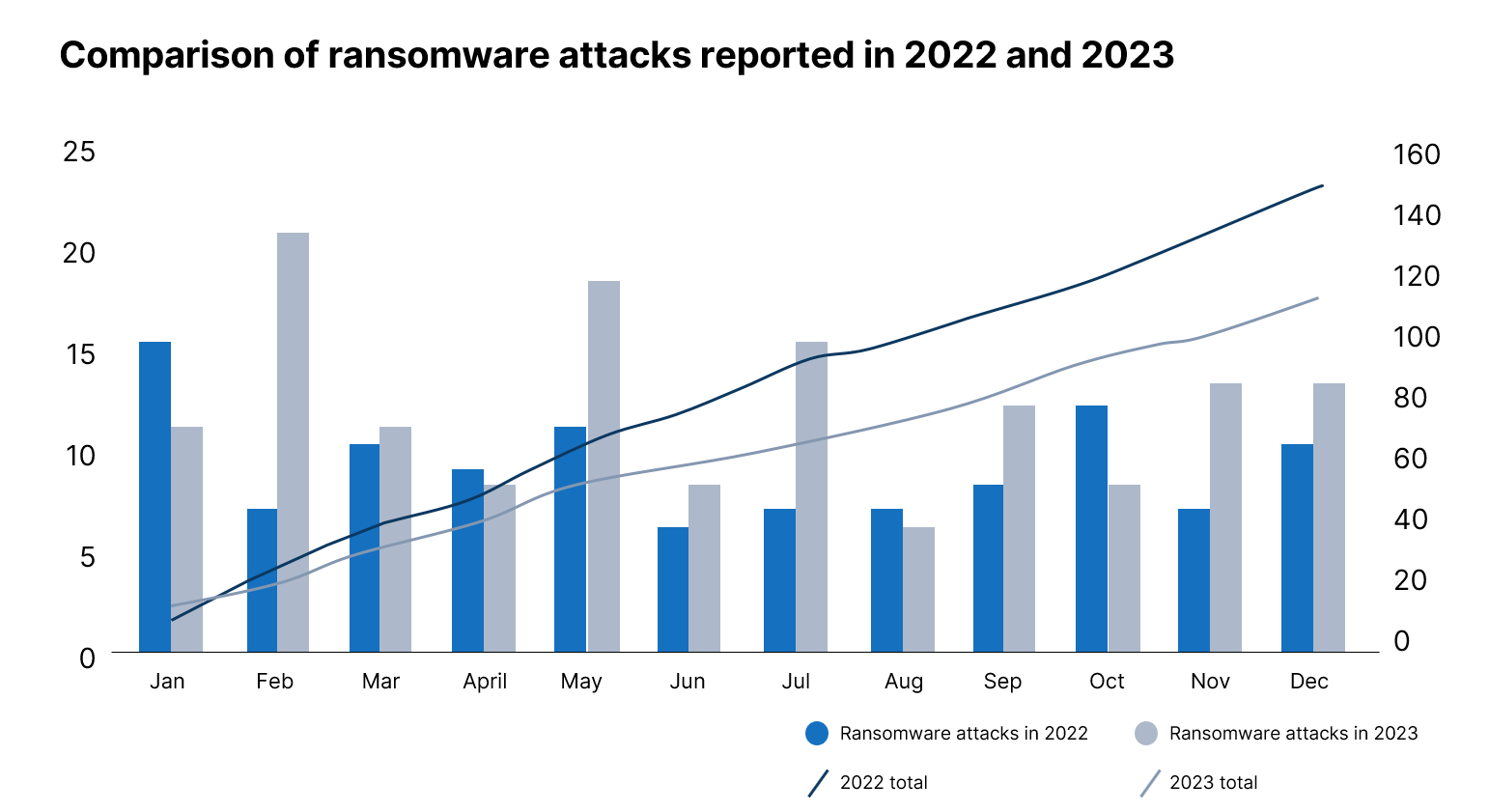The quiet engine rooms of public digital services, computer rooms tucked inside town halls, hospitals, and universities, are about to transform. Not just in capacity or uptime, but in something far harder to engineer, environmental sustainability.
On July 3, 2025, UGAP, France’s central public procurement agency, awarded a national multi-year contract to Atos, a European world leader in digital transformation, and APL, an engineering and consulting firm specialized in data-center infrastructure, to help public-sector organizations upgrade their IT rooms.
Their goal is to deliver energy efficiency, reduce emissions, and modernize infrastructure without compromising reliability or security.
The contract covers the consulting and project management assistance for computer rooms across government agencies, healthcare institutions, educational organizations, and overseas territories. It is structured for an initial three-year term with two optional six-month extensions. It includes 35 fixed-price services, from energy audits and design reviews to operational risk assessments.
"Through this contract, we are responding to four essential objectives of the public sector: digital sobriety, performance, reliability and security of infrastructures, and finally, risk management," says Laurent Laffere, Director, Public Sector and Defence Market, Atos France.
A Framework for Smarter Infrastructure
At its core, the contract is a framework agreement, meaning public-sector entities can tap into a ready-to-use pool of expertise without launching separate tenders.
The service is modular and scalable, enabling small townships as well as large universities to choose only what they need: from feasibility audits and technical design support to implementation oversight, or greenhouse gas measurement.
“This renewed contract is an illustration of our long-standing commitment to public stakeholders. We support them in meeting the fundamental challenges of digitalization and reducing the environmental impact of IT while improving performance and sustainability throughout the country,” said Tristan Richard, CEO, APL Data Center.
By streamlining procurement, the framework reduces administrative burden and accelerates deployment, crucial at a time when public institutions face pressure to meet environmental targets and modernize legacy infrastructure. It also supports national ambitions around digital sovereignty and energy performance.
Why This Matters Now?
The timing isn’t accidental. France is in the middle of a public-sector digital transformation, a shift spurred by citizen expectations for seamless digital services, mounting cybersecurity threats to local infrastructure, and the rapid introduction of generative AI workloads in government operations.
Recent modernization efforts, led by Direction interministérielle du numérique (DINUM), have targeted infrastructure upgrades across public administration, healthcare, and education sectors. These initiatives are supported by national programs like France Relance, a€100 billion (USD 108 billion) a post post-pandemic recovery plan by the government with a strong digital and ecological focus on digital transformation and ecological transition.
“Turning risk and crisis into opportunity, by mainly investing in the most promising fields, which will drive the economy and create the jobs of the future. That is our choice, a choice for the future, a planned choice. With the France Relance recovery plan, we want to build the France of 2030 today,” said Emmanuel Macron, President of the French Republic
Complementing this broader vision, France Num, an initiative dedicated specifically to accelerating digital adoption among small and medium-sized enterprises (SMEs), a key segment in France’s economy.
At the same time, the Agence nationale de la sécurité des systèmes d'information (ANSSI), the French National Cybersecurity Agency, has reported a sharp rise in cyberattacks targeting municipal systems, hospitals, and universities in its Cyber Threat Overview 2023, reinforcing
the need for resilient and secure It environments. ANSSI specifically notes that:
“Local authorities, hospitals, and universities are increasingly targeted by cybercriminals.”

Generative AI has also begun entering public-sector workflows through initiatives from Etalab, France’s public data taskforce. As part of this shift, France is currently experimenting with a generative AI tool called “Albert” to streamline the daily tasks of public service advisors.The tool helps with accessing information, relevant sources, frequently asked questions, and practical links, allowing advisors to provide more customized assistance to users.
Its integration is not only reshaping how public services are delivered but also driving demand for locally managed, sovereign infrastructure capable of supporting these increasingly compute-intensive applications.
Beyond Compliance: Positioning Sustainability as a Strategy
For Atos, the new contract builds on a series of public-sector engagements that have positioned the company as a central player in France’s sustainable IT transformation. This includes the 2022 UGAP Cloud Deal, which advanced secure, energy-efficient cloud adoption across government entities. The latest award reinforces Atos’s long-term role in delivering digitally sober, sovereign, and climate-aligned solutions to public institutions.
“We are pleased that UGAP has selected our consortium, backed by its 17,000 cloud specialists in over 50 locations across the country. This new public contract is central to the French government’s digital strategy and that of our two organizations,” said Yannick Tricaud, Director of Regional Business Units, Southern Europe, Atos, while addressing the deal.
For APL, the partnership further anchors its value as a data center engineering firm with deep expertise in environmental performance and operational resilience. APL’s technical advisory work has increasingly focused on bridging compliance mandates with next-generation infrastructure requirements, especially for public-sector clients contending with carbon targets and legacy system constraints.
But the real significance lies in what this means for UGAP and its public-sector stakeholders. The contract streamlines access to high-level expertise, sidestepping procurement friction and allowing institutions to move faster on digital and environmental goals.
In doing so, it reflects a larger shift: the environmental footprint of IT infrastructure is no longer treated as a downstream issue. It’s emerging as a frontline priority, central to infrastructure strategy, not separate from it.
The Verdict: Climate-Smart Infrastructure Is Becoming Standard
As data volumes rise and uptime expectations stretch around the clock, public institutions can’t afford brittle, inefficient IT environments. But neither can they afford to ignore their carbon footprints.
With this new contract, UGAP, Atos, and APL are turning the page, from treating computer rooms as back-end utilities to recognizing them as levers for sustainability, security, and long-term value.
This isn’t just about better servers. It’s about smarter systems, for a more resilient and climate-conscious digital state.





